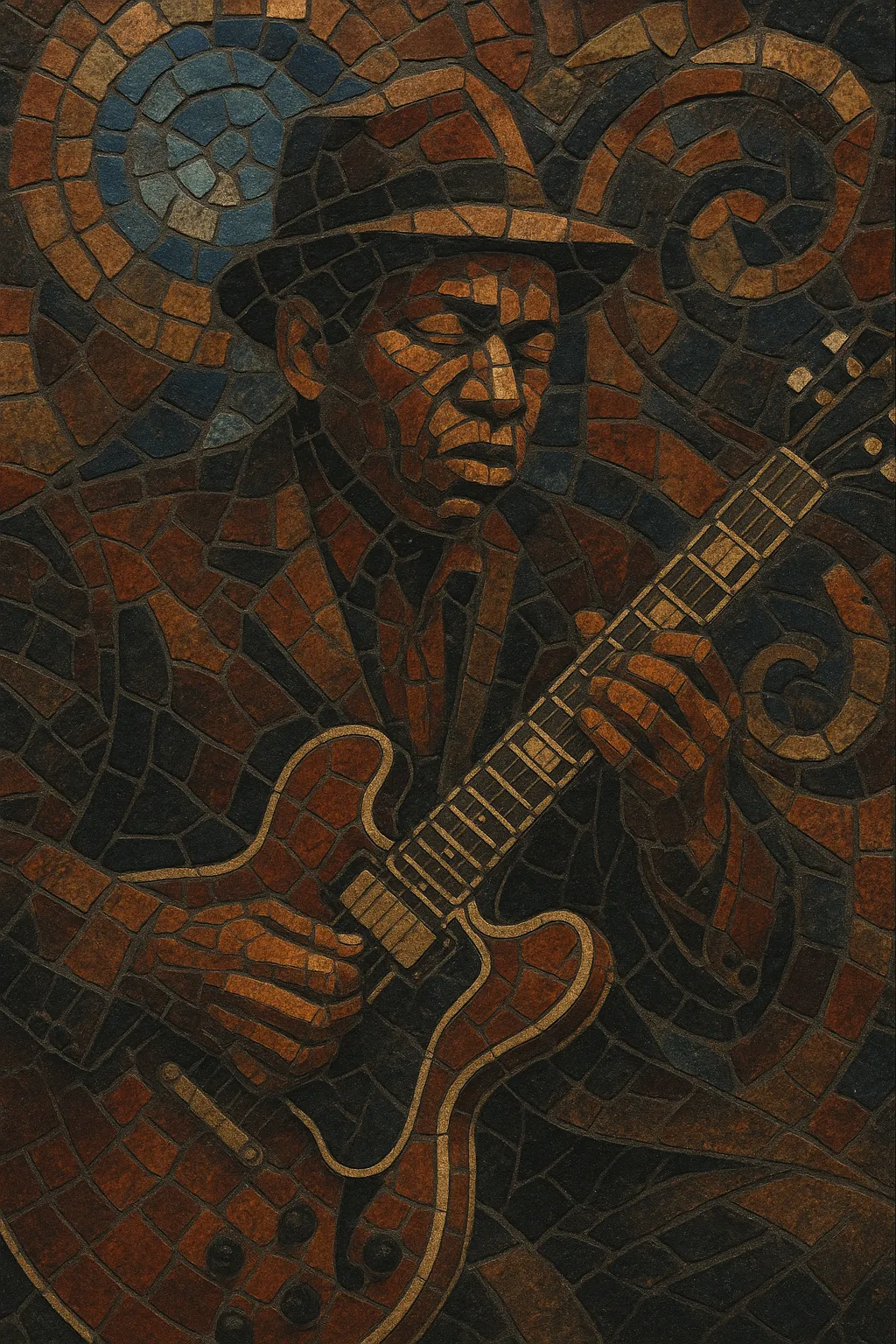
West Side Sound refers to a distinctive strain of Chicago blues that crystallized on the city’s West Side in the late 1950s and 1960s. It pushed the electric blues forward with a sharper, guitar‑centric attack, minor‑key sensibilities, and a modern, soulful polish.
Compared with the South Side’s harmonica‑driven, rougher blues, the West Side Sound foregrounds lead guitar: wide string bends, vocal‑like vibrato, stinging single‑note lines, and dramatic minor‑key turnarounds. Arrangements often added a touch of soul and R&B—tighter backbeats, occasional horn stabs or organ pads, and more contemporary song forms—without losing the grit and urgency of urban Chicago blues.
Chicago’s postwar migration swelled West Side neighborhoods with Southern Black communities, creating a dense club circuit where a modern electric blues took root. Working bands needed to cut through noisy rooms, so guitarists embraced louder amps, spring reverb, and a more assertive lead style. Early records by Otis Rush and Magic Sam (many tied to Chicago independents like Cobra and later Delmark) defined the scene’s sound.
By the mid‑1960s, artists such as Otis Rush, Magic Sam, Buddy Guy, Earl Hooker, and Luther Allison forged a template: minor‑key slow blues alongside tough mid‑tempo shuffles, taut drum grooves, and soulful vocals answered by piercing, vocal‑like guitar phrases. Magic Sam’s landmark album “West Side Soul” (1967) codified the name and aesthetic.
West Side bars and lounges incubated the style, favoring compact combos (guitar, bass, drums, second guitar or keys, sometimes sax). Independent labels offered flexible studio time that captured the music’s immediacy—close‑miked amps, present vocals, and just enough room ambience to preserve club‑borne energy.
The West Side Sound influenced a generation of blues and rock guitarists worldwide. Its minor‑key sophistication, expressive bending, and soul‑aware rhythm section writing fed into British blues, American blues‑rock, and later modern and soul blues, ensuring the West Side’s imprint on guitar vocabulary to this day.

